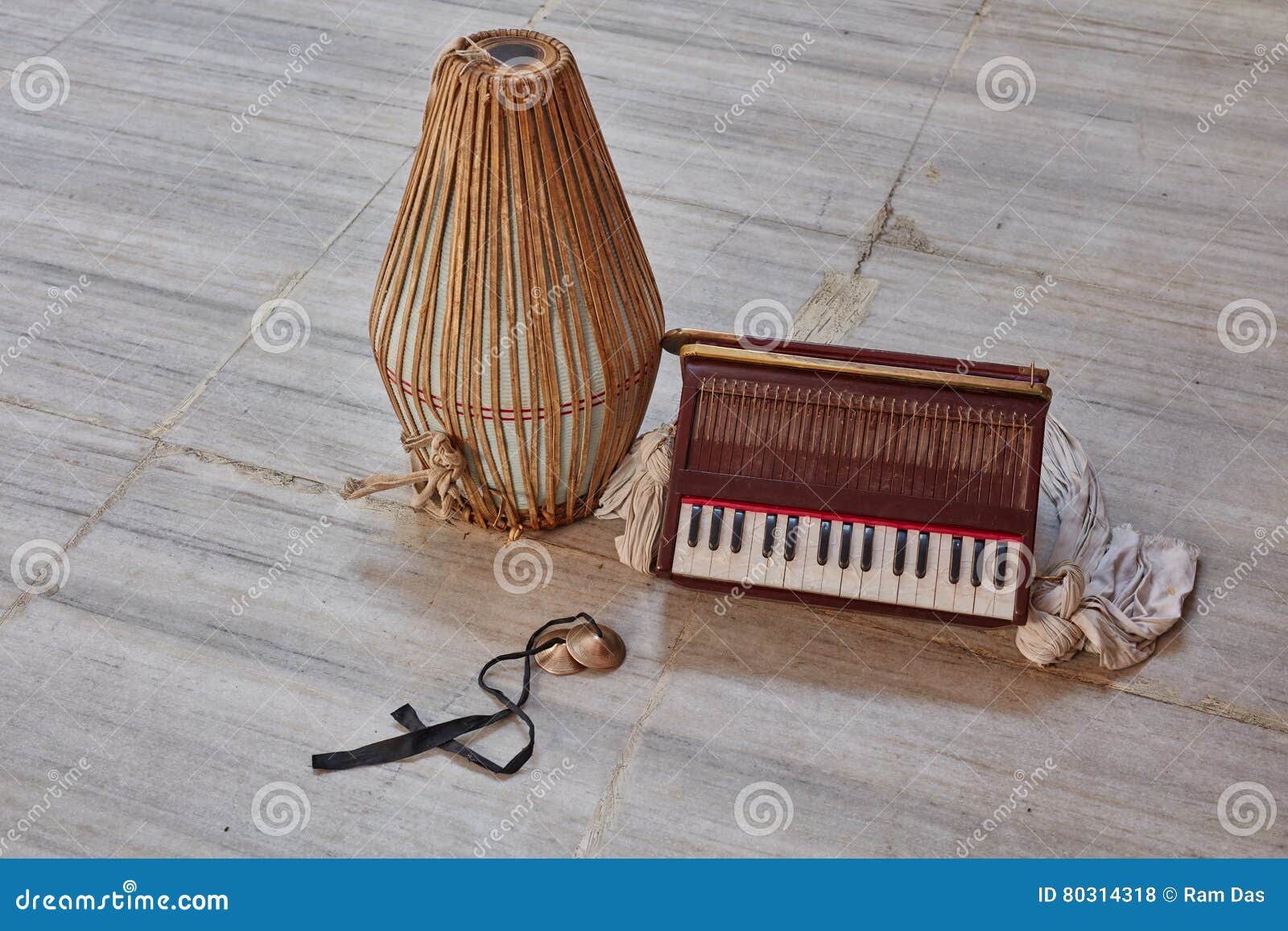

Knowing that India has rich traditions of religious music in rituals going back thousands of years, Beck undertook a project to enrich Western-centric liturgy studies with detailed examples of the theories and practices of music in India's religious traditions. What about Asian traditions? As a scholar of religions and music, Guy Beck had a similar question regarding studies of liturgy. By citing several examples from the modern Hindustani classical vocal tradition of Khayal, including text and audio/video weblinks, it is revealed how the classical songs contain the wisdom of Hinduism and provide a deeper appreciation of the many musical styles that currently permeate the Hindu and Yoga landscapes of the West.Īs a young booklover frequenting used book stores 50 years ago, I was sometimes mystified to open old books with titles like BHistory of Religions^ or BFaiths of the World^ to find only accounts of Western examples-European, BMiddle Eastern,^ and American. Drawing upon ancient and medieval texts and Bhakti traditions, this article describes how music enables Hindu religious experience in fundamental ways.

Nearly all genres of Indian music, whether the classical Dhrupad and Khayal, or the devotional Bhajan and Kīrtan, share a common theoretical and practical understanding, and are bound together in a mystical spirituality based on the experience of sacred sound. Medieval Tantra and music texts introduced the concept of Nāda-Brahman as the source of sacred music that was understood in terms of Rāgas, melodic formulas, and Tālas, rhythms, forming the basis of Indian music today. First described by Bharata in the Nātya-Śāstra as a sacred art with reference to Rasa (emotional states), ancient music or Sangīta was a vehicle of liberation (Mokṣa) founded in the worship of deities such as Brahmā, Vishnu, Śiva, and Goddess Sarasvatī.

The Upanishads articulated OM as Śabda-Brahman, the Sound-Absolute that became the object of meditation in Yoga. The recitation of the syllable OM and the chanting of Sanskrit Mantras and hymns from the Vedas formed the core of ancient fire sacrifices. While music plays a significant role in many of the world’s religions, it is in the Hindu religion that one finds one of the closest bonds between music and religious experience extending for millennia.


 0 kommentar(er)
0 kommentar(er)
